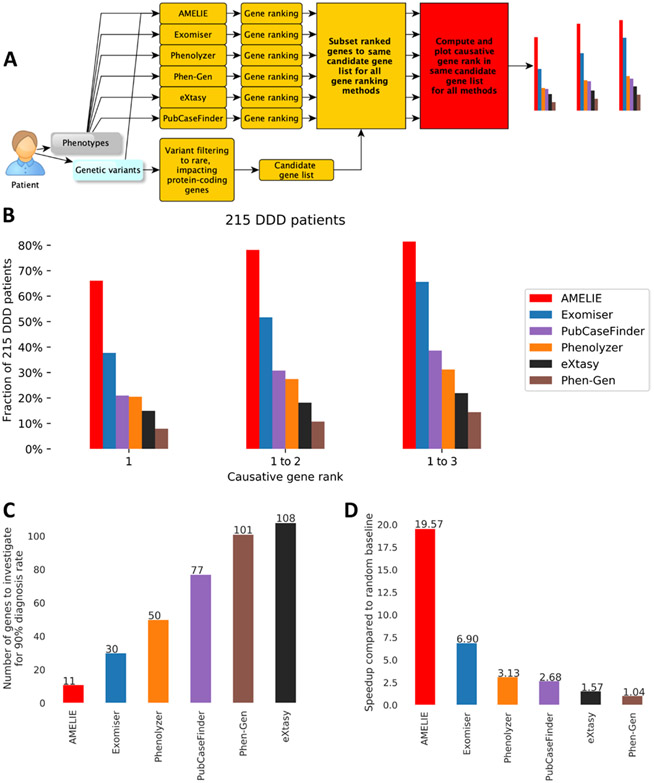Fig. 2. AMELIE patient causative gene ranking outperforms methods based on manually curated databases.
(A) Evaluation scheme. The output gene ranking of all algorithms was subset to the same list of candidate genes AMELIE uses its gene ranking to ensure a fair comparison. (B) Fraction of (n = 215) DDD cases ranked as 1, 1 to 2, or 1 to 3 by six different tools. (C) The number of top-ranked genes needed to achieve a 90% diagnosis rate across (n = 215) DDD cases by various gene ranking tools. By evaluating up to AMELIE’s 11th top-ranked gene, a 90% diagnosis yield on the DDD cases was achieved. The next best tool, Exomiser, achieved a 90% diagnosis yield by evaluating up to Exomiser’s 30th gene. (D) The speedup in terms of number of genes to investigate when perusing the ranked gene lists provided by each tool from top to bottom until the causative gene was found compared to the expected value of a random baseline gene ordering for (n = 215) DDD cases.

